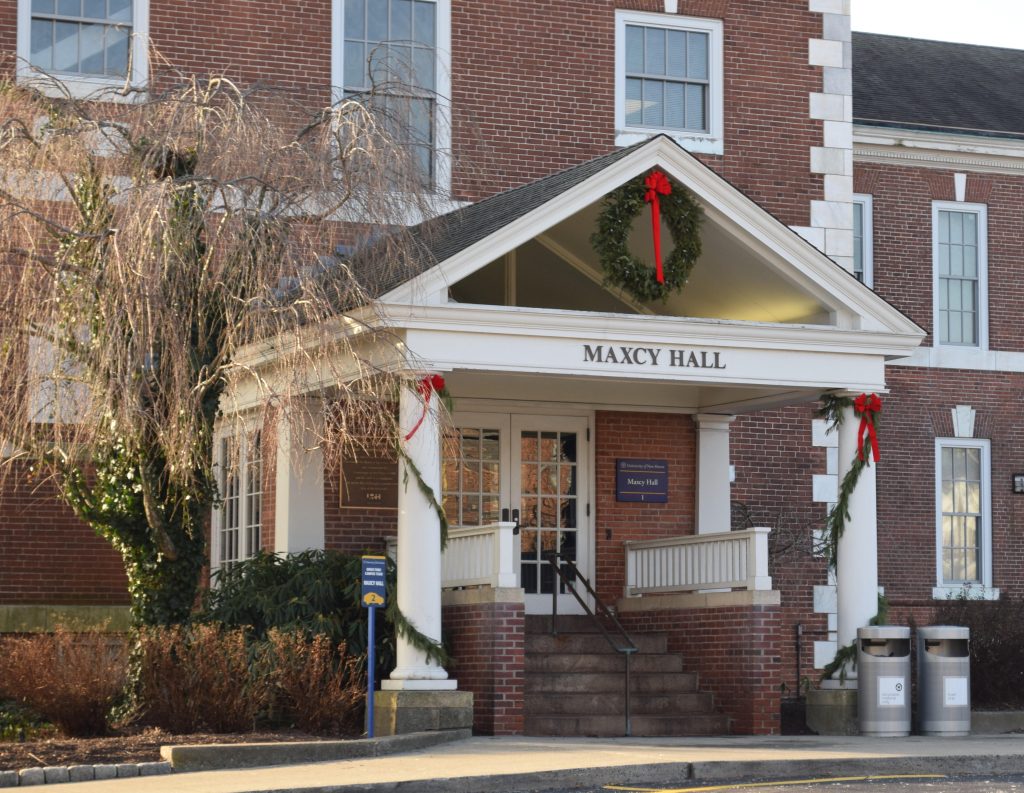
By Dan Shine
Voice Columnist
The University of New Haven
Part I
See Part 2https://westhavenvoice.com/historians-corner-206/
The University of New Haven has been a fixture on the West Haven landscape for as long as most of us can recall. But where did it come from and what brought it here to West Haven? Humble beginnings can often lead to successful outcomes, and such would be the case in this instance.
In 1920, New Haven YMCA Junior College began as a night school on the Yale University campus, in a rented space beneath Sheffield Hall. By 1926, it became known as New Haven College, as granted by an act of the Connecticut General Assembly, which has jurisdiction over the creation of such entities in the state.
Soon it attracted the attention of Southern New England Telephone Company, who in a cooperative program with the college enrolled some thirty of its employees in night classes there for continuing education and enrichment. As word got around, the school attracted other aspiring students and enrollments grew.
By 1958, the Connecticut State Legislature had authorized New Haven College to offer Bachelor of Science degrees in business, accounting and management. The college opened a small campus of its own on Cold Spring Road in New Haven for the purpose of offering daytime classes in engineering. Within two years, this new campus would become overcrowded.
The year 1960 was a defining year for New Haven College, as it purchased the land and structures of The New Haven County Temporary Home for Dependent and Neglected Children located on Allingtown Hill, at the intersection of Route 1 (Orange Avenue) and Campbell Avenue. The school now had adequate room to grow their programs and build additional structures as they became necessary. Also that year, New Haven College became independent of the YMCA in an amicable split. At that time, the college had graduating classes totaling 75 students; today, the norm is on the order of 2000.
By 1966, New Haven College received full accreditation for its baccalaureate program from the New England Association of Schools and Colleges. This action validated and authorized the degrees, making its programs acceptable to other colleges as well as attractive to potential employers.
Another big step was taken in 1969 when New Haven College added a graduate school, offering programs in business administration and industrial engineering. From there, the programs expanded rapidly.
In 1970, New Haven College became the University of New Haven, providing enriching programs for commuting students as well as a resident student population. In the years between 1960 and 1970, numerous additional buildings had been added to the West Haven campus: a dormitory, a student center, an engineering building and a business building. Land had been purchased for a north campus, and an athletic facility had been created there.
In the ensuing years, University of New Haven expanded their Graduate School to offer over thirty master’s programs. Today, the university offers undergraduate and graduate programs in six schools: College of Arts and Sciences, College of Business, Tagliatela College of Engineering, Henry C. Lee College of Criminal Justice and Forensic Sciences, School of Health Sciences, and the Graduate School.
Today the university has facilities at their campuses in West Haven and Orange, Connecticut, as well as one in Tuscany, Italy. From humble beginnings have come great things!
But that’s not the end of the story.
To be continued.
Ed Note: Thanks to Bob Belletzkie for his assistance on this story. He was a reference librarian at UNH until his retirement.